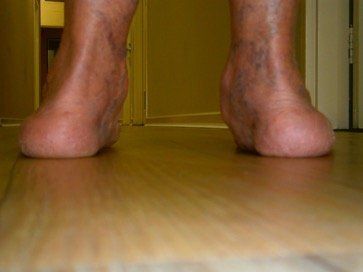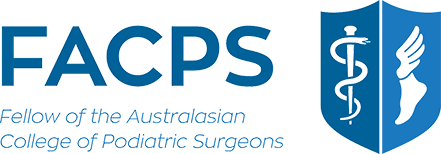Flat Foot Deformity
Flat feet, known medically as pes planus, are often an indication that the foot’s architecture (and, hence, function) are not correct. Just as engineers construct bridges and buildings with arch structures incorporated in the design to support weight, your feet have anatomical arches to support your entire body weight.
When your arches are collapsed, your foot becomes flat and unable to perform its task efficiently. The bone, tendon and ligament structures that compose this natural arch fatigue and you can subsequently get pain and discomfort in your feet. These symptoms can also be experienced in the ankles, legs, knees, hips and lower back as they are all structures that lie above the foundation being your feet.
It’s important to realise that everyone’s foot structure is different. Flat feet are not a problem if you do not experience any pain associated with them. Pain develops when joints become unstable, muscles and ligaments fatigue, and degenerative or arthritic changes of the joints take place. In adults, there may be degenerative changes in the ligamentous and other soft tissue structures which help support the arch.
When the arch of the foot ‘collapses’ it is known as adult acquired flatfoot. Adult-acquired flat foot is a relatively common problem. As its name suggests, it is a progressive flattening of the inside or medial arch of the foot in adults. It often involves a series of pathological changes involving the complex network of tendon, bone and ligamentous structures in the foot, the main one being the tibialis posterior tendon. The tibialis posterior tendon, in conjunction with other soft tissue structures, is designed to support the main arch of the foot and prevent its collapse. The tendon attaches at the back of the lower leg, running down behind the inside of the ankle, with the main attachment to the navicular bone, and then smaller attachments under the arch and the sole of the foot.
Surgical treatment of adult acquired flatfoot varies but usually involves reconstruction of the affected joints. A number of specialised braces and orthoses can be used before the need for surgical intervention.
Look around
Sign up for updates
Catch up on the latest industry news and foot health tips by signing up to our newsletter. You can also read up on all of our articles on our blog.
You need a helping hand with your project?
Thanks for signing up to our mailing list!
Please try again later
Opening hours
Monday 8am–5pm
Tuesday 7am–5pm
Wednesday 8am–7pm
Thursday 8am–7pm
Friday 8am–5pm
Disclaimer: The information in this website is not intended to be a substitute for professional Podiatric or medical advice. Always seek the advice of your Podiatrist or other qualified health practitioner before starting any new treatment or if you have any questions regarding a specific health condition.
Site by Helium Marketing



